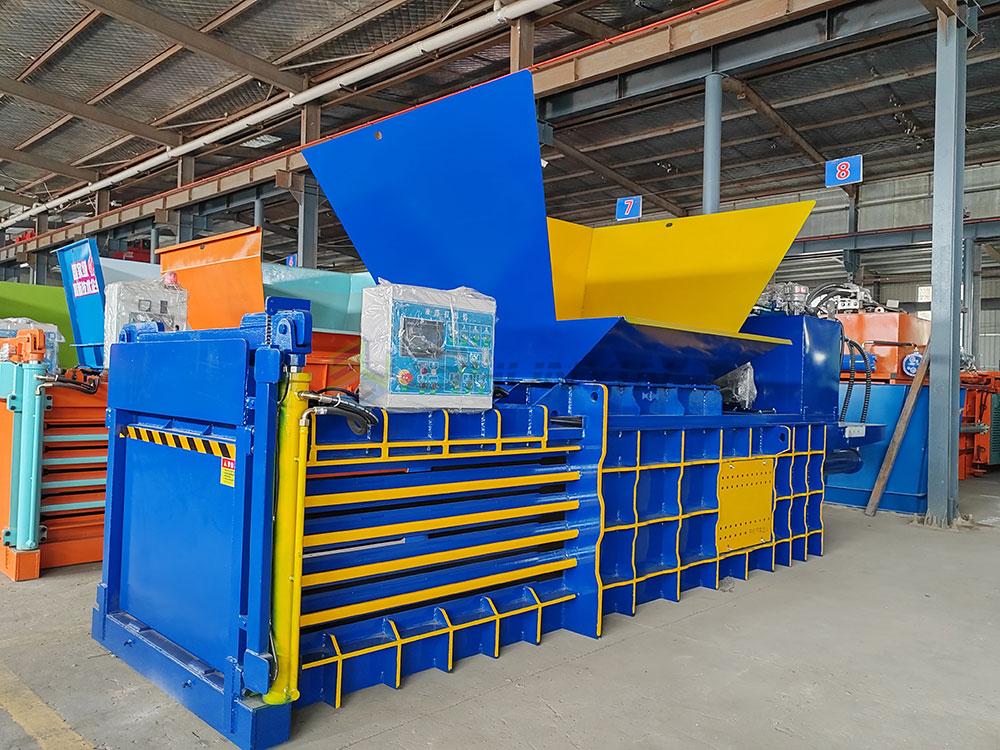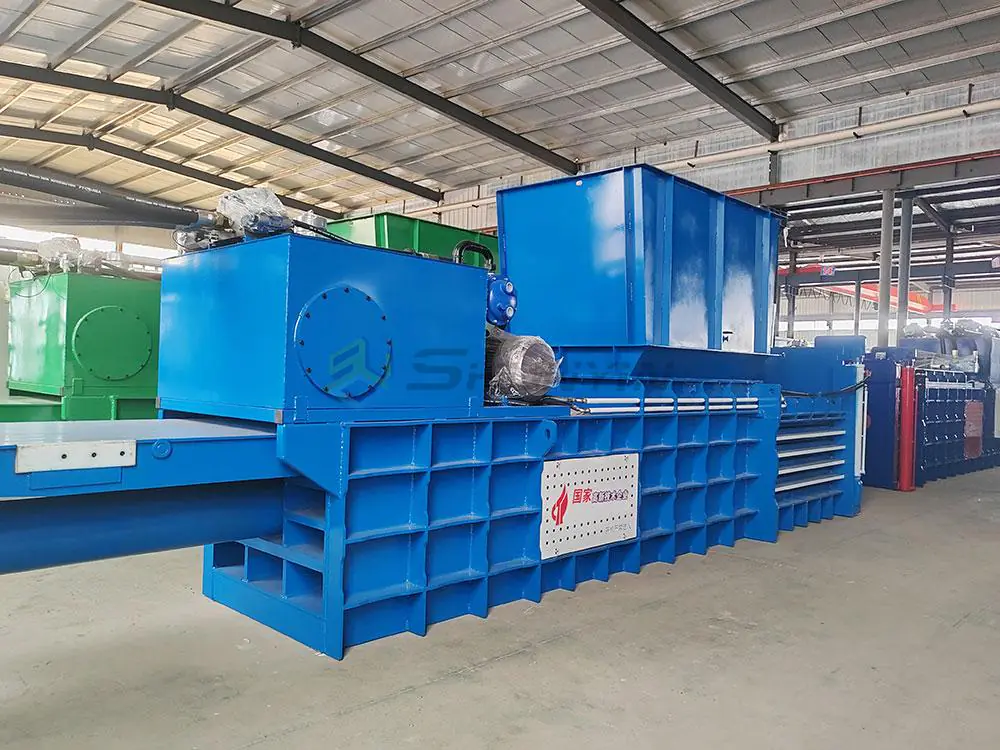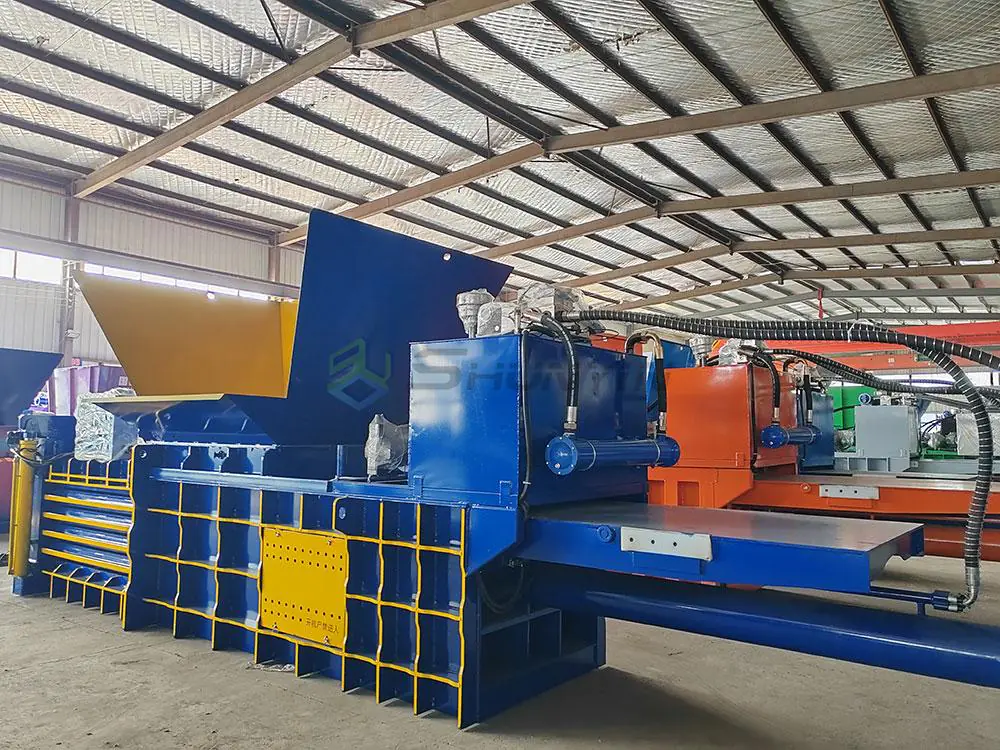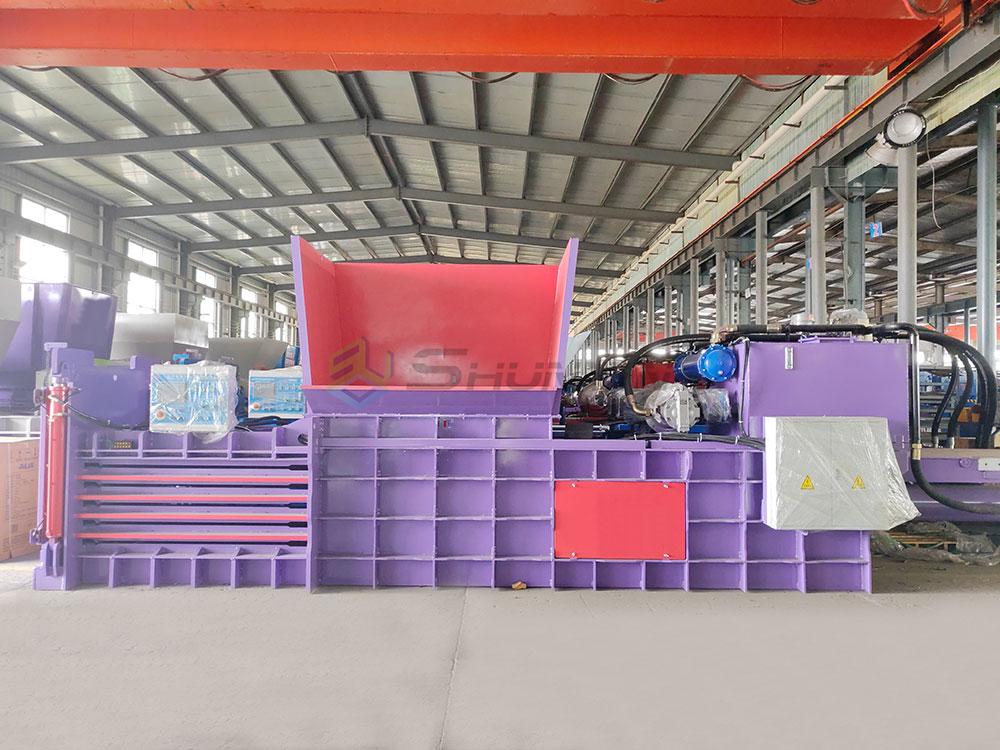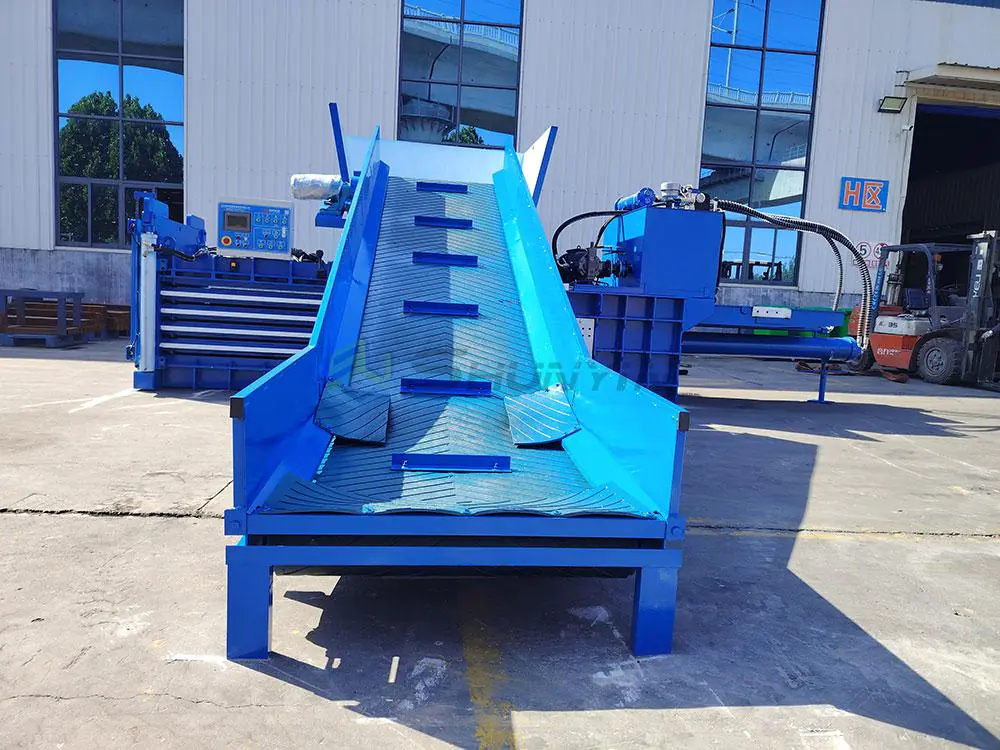
Last winter, a Dubai recycler’s 35-ton ram froze solid after failed seals contaminated their oil – costing them 11 days of downtime. That disaster led us to develop our SmartSeal Alert system now used in 143 facilities globally.
Hydraulic seals require replacement every 80-120 hours or when leaks exceed 8mL/min (per ISO 10766). Our 2023 field data shows semi-automated balers average 93 cycle hours between seal changes, while manual units need servicing every 68 hours due to pressure spikes.
Let’s analyze real-world maintenance strategies that keep balers running.
When Should You Replace Hydraulic Seals?
I learned this lesson brutally in 2019 when ignoring tiny drips cost a Shenzhen client $17k in pump replacement. Now we coach operators to catch these signs:
1. Fluid Contamination
Our sensors detect metal particles >25μm (replace immediately if found)
2. Pressure Fluctuations
±7% variance in ram speed triggers seal checks
3. Visible Leaks
Any external oil seepage indicates worn seals
4. Temperature Spikes
Hydraulic oil >68°C accelerates seal degradation

Seal Failure Triggers
| Fault Cause | Early Symptoms | Detection Method |
|---|---|---|
| Wear Particles | Tiny sparkles in oil | Ferrogram Analysis |
| Chemical Erosion | Seal swelling/cracking | Shore Hardness Test |
| Thermal Breakdown | Burnt oil smell | IR Thermography |
| Improper Installation | Uneven extrusion | Ultrasound Thickness Gauge |
Our Montreal client reduced seal replacements 40% after implementing weekly ultrasound checks. Pro tip: Store spare seals vertically – horizontal storage causes 12% premature deformation.
How Often Should a Baler Be Serviced?
After analyzing 1,732 service records, we found manual balers need 3X more attention. Here’s our optimized schedule for automated models:
Daily
• Check hydraulic fluid level (10-15mm below fill line)
• Test emergency stop circuits
• Inspect conveyor belt alignment
Weekly
• 500-hour oil filter replacement
• RAM guide lubrication (NLGI #2 grease)
• Electrical cabinet dust purge
Monthly
• Complete seal inspection (using bore scopes)
• 90-point torque check on all bolts
• Valve block calibration
Annually
• Full hydraulic flush (ISO VG 46 oil)
• Pressure transducer recalibration
• Structural crack testing (PT/MT methods)

Our SY-680 balers include NFC-tagged components – scan with our app to view service history and next due dates. Phoenix users extended pump life 22 months using this system.
What Is a Hydraulic Baling Machine?
During a Hanoi factory tour, I saw operators use car jacks to fix baler rams – the horror! Let’s clarify proper hydraulic configurations.
Horizontal hydraulic balers convert pump-driven oil flow into linear force through:
• Axial piston pump (25-75L/min flow)
• Directional control valves
• Double-acting cylinders (ram force up to 35 tons)
• Accumulators for peak demands

Hydraulic Component Lifespan
| Part | Service Interval | Failure Signs |
|---|---|---|
| Vane Pump | 6,000 hours | Whining noise >85dB |
| Relief Valve | 3,000 cycles | Pressure drop >10% |
| Cylinder Rod | 15,000 hours | Chrome flaking visible |
| Hose Assemblies | 12 months | Outer cover cracking |
| Pipe Fittings | 24 months | Seepage at joints |
Critical design insight: Our dual-circuit systems maintain 75% pressure during filter changes – eliminating downtime during maintenance. Lagos facility boosted output 18% after upgrading to this setup.
How to Maintain Balers?
I’ll never forget the Spanish plant that ran balers 24/7 without lubrication – the seized rams sounded like dying elephants. Here’s our battle-tested maintenance protocol:
Step 1 – Fluid Management
• Use ISO VG 46 oil with ≤0.1% water content
• Maintain 40-60°C operating temp
• Change filters every 300 hours
Step 2 – Component Care
• Buff cylinder rods weekly with lint-free cloth
• Lubricate guide rails every 200 cycles
• Torque check all bolts monthly
Step 3 – System Validation
• Test safety interlocks daily
• Calibrate pressure sensors quarterly
• Replace hydraulic hoses biennially

Maintenance Cost Analysis
| Task | Manual Baler Cost | Auto Baler Cost | Savings |
|---|---|---|---|
| Seal Replacement | $320 (6h labor) | $185 (2.5h) | 42% |
| Oil Changes | $470/year | $290/year | 38% |
| Downtime Losses | $8,200/year | $1,950/year | 76% |
| Scrap Reduction | $0 | $3,800/year | +ROI |
Bogotá recycling center cut maintenance costs 61% using our IoT-enabled balers that auto-order parts when wear thresholds hit. Their secret? Predictive analytics tracking 142 machine parameters.
Conclusion
Seal replacement isn’t a chore – it’s profit protection. Email [email protected] for our "Seal Health Checklist". First 20 responders get free hydraulic fluid analysis. Still running blind? Visit our Surabaya test lab – we’ll benchmark your baler in 4 hours flat.


